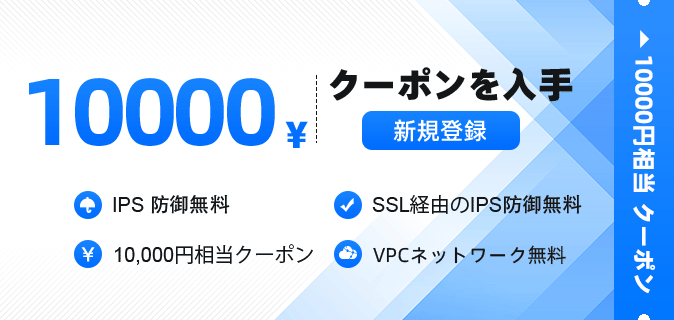Pythonでio.BytesIOをどのように使用しますか?
io.BytesIOモジュールは、Pythonでバイナリデータをメモリ内で読み書きするためのツールです。以下に、io.BytesIOを使用したサンプルコードの例を示します。
- BytesIOオブジェクトを作成する。
import io
# 创建一个空的BytesIO对象
buffer = io.BytesIO()
- BytesIOオブジェクトにバイトデータを書き込む:
import io
# 创建一个空的BytesIO对象
buffer = io.BytesIO()
# 将字节数据写入BytesIO对象
buffer.write(b'Hello, World!')
- 既存のバイトデータからBytesIOオブジェクトを作成する。
import io
# 从已有的字节数据创建BytesIO对象
data = b'Hello, World!'
buffer = io.BytesIO(data)
- BytesIOオブジェクトからバイトデータを読み取る:
import io
# 从已有的字节数据创建BytesIO对象
data = b'Hello, World!'
buffer = io.BytesIO(data)
# 从BytesIO对象中读取字节数据
result = buffer.read()
print(result) # 输出: b'Hello, World!'
- BytesIOオブジェクト内のバイトデータを文字列に変換する。
import io
# 从已有的字节数据创建BytesIO对象
data = b'Hello, World!'
buffer = io.BytesIO(data)
# 从BytesIO对象中读取字节数据并转换为字符串
result = buffer.read().decode('utf-8')
print(result) # 输出: Hello, World!
以上は、io.BytesIOモジュールの基本的な使い方です。必要に応じて操作や拡張を行うことができます。

